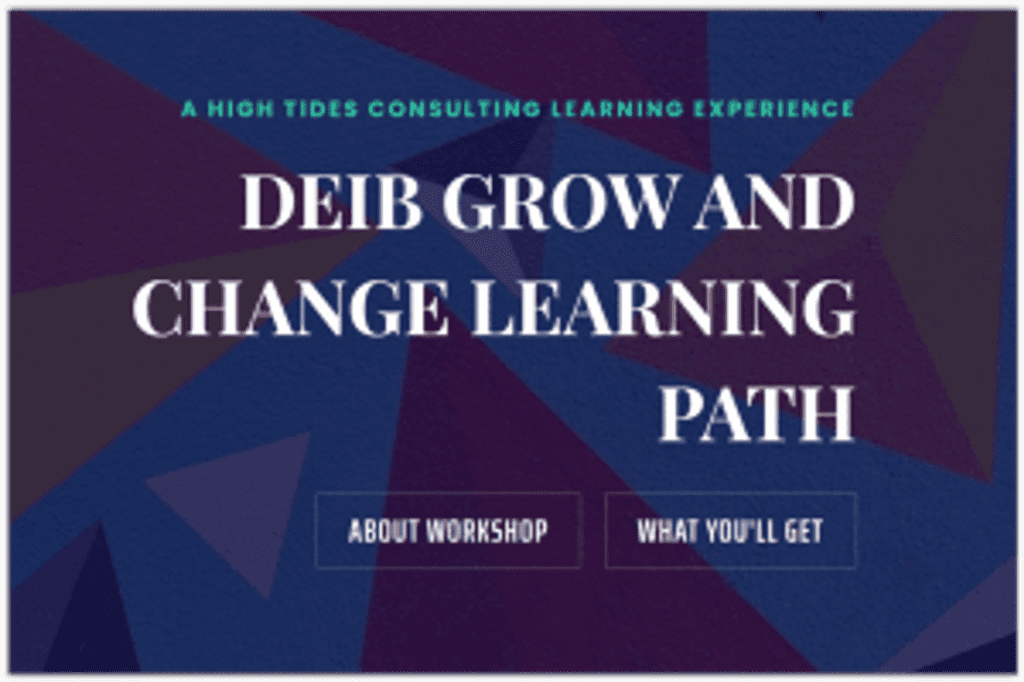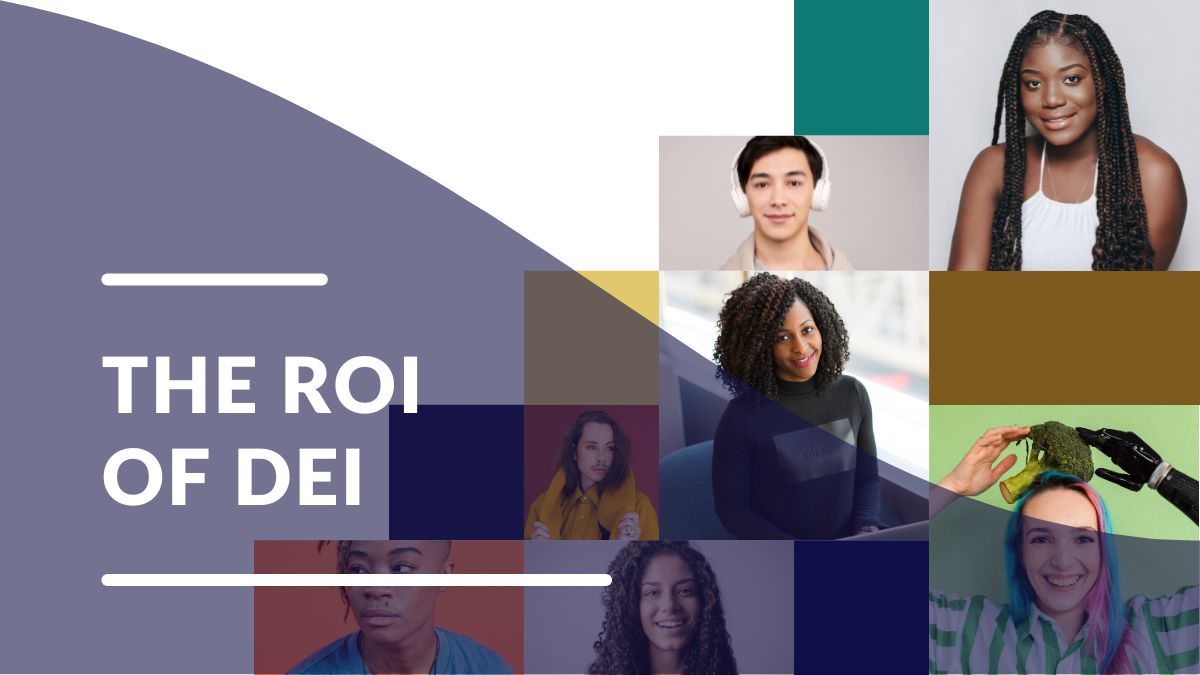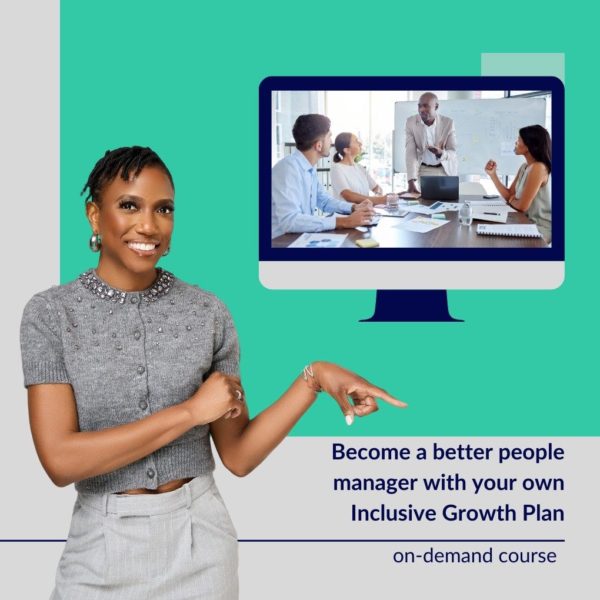Have you been wondering how to uphold the DEI efforts within your organization in a post affirmative action era? While it may seem like there is a political attack on the efforts of DEI professionals, now more than ever there is an opportunity to create a data backed approach to the very real work of improving worker engagement at all levels (DEI). And while I hate discussing the business case for DEI, there are in fact very real ways to measure the ROI of your DEI strategy.
High Tides Consulting is at the forefront of this movement, guiding businesses to magnify the voices of women and people of color in their workplaces. Yet, as the popular adage goes, “You can’t manage what you can’t measure.” This is why when we do employee engagement and inclusion work, we make sure that measurement is a key component in the recipe. And you don’t need to hire us to begin this work. Let’s deep dive into DEI metrics that can drive transformation.
Understanding DEI Metrics

DEI metrics are quantitative tools to gauge diversity, equity, and inclusion within an organization. It is in full alignment of traditional best business practices like utilizing KPIs (key performance indicators) and OKRs (objectives and key results). Using these measurements, leaders can measure the return on their DEI investments. These metrics:
- Set concrete DEI targets
- Track advancement towards those goals
- Pinpoint areas for enhancement
- Define success parameters
are crucial for securing buy-in from leadership, DEI metrics foster accountability, transparency, and commitment, ensuring a holistic DEI change management strategy that is effective and sustainable.
DEI Metrics Focused on the Employee Lifecycle:
- Hiring: Beyond assessing the diversity of your applicant pool, it’s vital to look at the diversity of your hiring panel. This two-pronged approach counters unconscious bias, paving the way for a varied workforce.
- Representation: Using diversity surveys and demographic data can highlight underrepresented or absent groups in your organization, providing a foundation for further analysis and action. But remember to disaggregate your data so you can pinpoint trends and nuance in experiences for different employee populations.
- Retention: DEI isn’t just about hiring diverse talent; it’s about retaining them. If certain groups are exiting your organization at a higher rate, it may signal deeper inclusivity issues.
- Advancement: Organizations should ensure that opportunities for growth aren’t biased. Tracking who’s moving up the ranks can reveal if there’s an unconscious bias at play.
DEI Metrics Focused on the Employee Experience:
- Job Satisfaction and Engagement: Employee surveys can indicate levels of satisfaction, helping identify and address any underlying DEI-related issues.

- Employee Resource Group (ERG) Participation: ERGs are pivotal in building belonging. Monitoring participation rates can shed light on potential cultural gaps.
- Accessibility: Ensuring a welcoming environment for all requires evaluating everything from restroom facilities and parental leave policies to the recognition of cultural holidays.
DEI Metrics Focused on Company Makeup:
- Leadership: A McKinsey study found that companies with diverse leadership were more profitable. Examining the diversity of leadership roles is not only morally right but also good for business.
- Suppliers: Collaborations extend beyond internal teams. Evaluate your external partnerships and ensure your organization is embracing diversity in all interactions.
What’s the Return on DEI work?
Embracing DEI metrics might seem daunting, but they are the compass guiding our journey. Armed with a bevy of data, DEI and HR leaders can create strong hypotheses for their change management plans, and then craft programming that is responsive to demonstrated needs. Only in this way can we measure the impact of our efforts. When done effectively, data backed DEI can improve business performance by increasing engagement, decreasing turnover and improving innovation as worker wellbeing escalates.

At High Tides Consulting we strive for work cultures where all folks can be seen, heard and appreciated because we know well people do amazing things… DEI metrics are our north star, ensuring every step we take moves us closer to a world where every voice is heard, valued, and amplified.
Need help getting started measuring your company culture? Reach out to us to learn more about our DEIB Grow and Change Learning path which includes data gathering, analysis and strategic planning.
Post affirmative action era? Remember just because something is legal, does not mean it is just.
We would love to partner with you and your organization in creating a more just world.





0 Comments